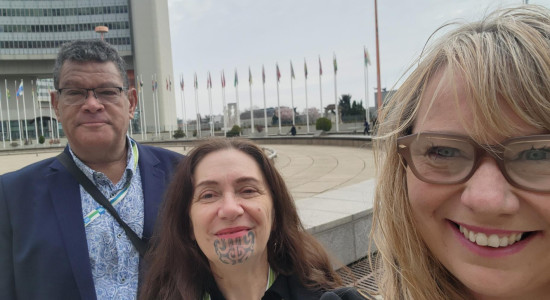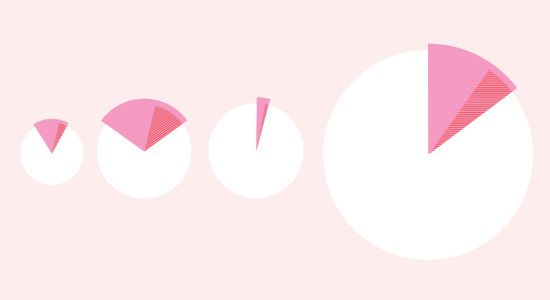New youth survey welcomed

The Drug Foundation welcomes new findings from the Youth19 Rangatahi smart study conducted by the Adolescent Health Research Group. We believe it will help prepare good public health approaches when it comes to young people and substance use.
The study is the latest in the Youth2000 survey series running since 2001, with more than 36,000 New Zealand young people surveyed to date.
While it was sad to see from the survey’s findings that an increasing number of young people are struggling with their mental health (and particularly over the last eight years), we’re encouraged by the reduction in youth substance use when it comes to alcohol and tobacco. We note that both these substances have regulated legal frameworks to control their supply and consumption and allow for better education, which highlights the importance of evidence-based regulation in reducing harm.
By comparison, the reductions in youth cannabis use appear to have plateaued and regular cannabis use, while low (4 percent reported using cannabis weekly or more), is now more common than cigarette use. Tobacco has had strict regulations and public health campaigns discouraging its use during the period since the first Youth 2000 survey.
The emergence of vaping has also occurred in an unregulated environment, with regulations from the Smokefree Environments (Vaping) Amendment Act passed last week. We are paying close attention to changes in vaping use from the recently passed act, and are expecting to see declines in youth use as a result.
The Drug Foundation is keen to keep working with others to prevent and reduce alcohol and other drug harm for young people. While it’s great that both cigarette smoking and binge drinking are decreasing among high school students, their prevalence is still too high and there is more work to be done. Reducing unequal impacts of both cigarette smoking and drinking needs to be a priority. For example, smoking is higher in Māori, Pacific, and low-income communities and small towns. Similarly, although binge drinking is common across the board, students in higher income communities are more likely to report binge drinking, and it is more common among older students and in rural areas.
We can’t see substance use in a vacuum. Many effective preventative approaches aren’t directly related to substance use at all, such as helping young people feel like they belong, that they can achieve, and helping them engage in positive activities. It was heartening to see most young people reported having good family and school relationships. For example, out of the secondary school students surveyed:
- 91 percent reported that their family always wanted to know their company and whereabouts
- 93 percent had at least one parent who cares about them a lot
- 72 percent feel like they get enough quality time with their family
- 76 percent felt like they could talk about worries with their family
- 79 percent felt like their teachers cared about them a lot
- 85 percent felt like they were a part of their school
We can continue preventing substance use harm by strengthening these protective factors, creating good environments where young people can grow and have hope for the future, and continuing to support a shift towards social norms that do not include binge drinking. And for young people who need it, we need to make it easier to access healthcare as early as possible. Seventeen percent of Pakeha students reporting they did not or could not access healthcare when they wanted to at least once in the past year, and even more worryingly, 27 percent of Māori students and 25 percent of Pasifika students.
Visit www.youth19.ac.nz for more information.
Quick findings about substance use from the Youth19 Rangatahi smart study:
- Binge drinking is down considerably compared with 2012. It is now relatively uncommon in younger adolescents, but among those aged 17 or older, 42 percent reported binge drinking in the past month.
- Smoking rates decreased from 5 percent in 2012 to less than 3 percent in 2019 - meaning smoking among New Zealand high school students is now rare.
- Weekly cannabis use has stayed relatively steady since 2012 with 4 percent reporting using weekly or more.
- Just under one quarter of secondary school students reported having ever used cannabis.
- Vaping has emerged as a new issue.
- More than two-thirds of students reported good wellbeing, but an increasing number are reporting high levels of distress.
- 23 percent of students overall reported significant symptoms of depression in 2019. For many groups, this percentage nearly doubled compared with 2012.
Recent news

Reflections from the 2024 UN Commission on Narcotic Drugs
Executive Director Sarah Helm reflects on this year's global drug conference
What can we learn from Australia’s free naloxone scheme?
As harm reduction advocates in Aotearoa push for better naloxone access, we look for lessons across the ditch.

A new approach to reporting on drug data
We've launched a new tool to help you find the latest drug data and changed how we report throughout the year.

